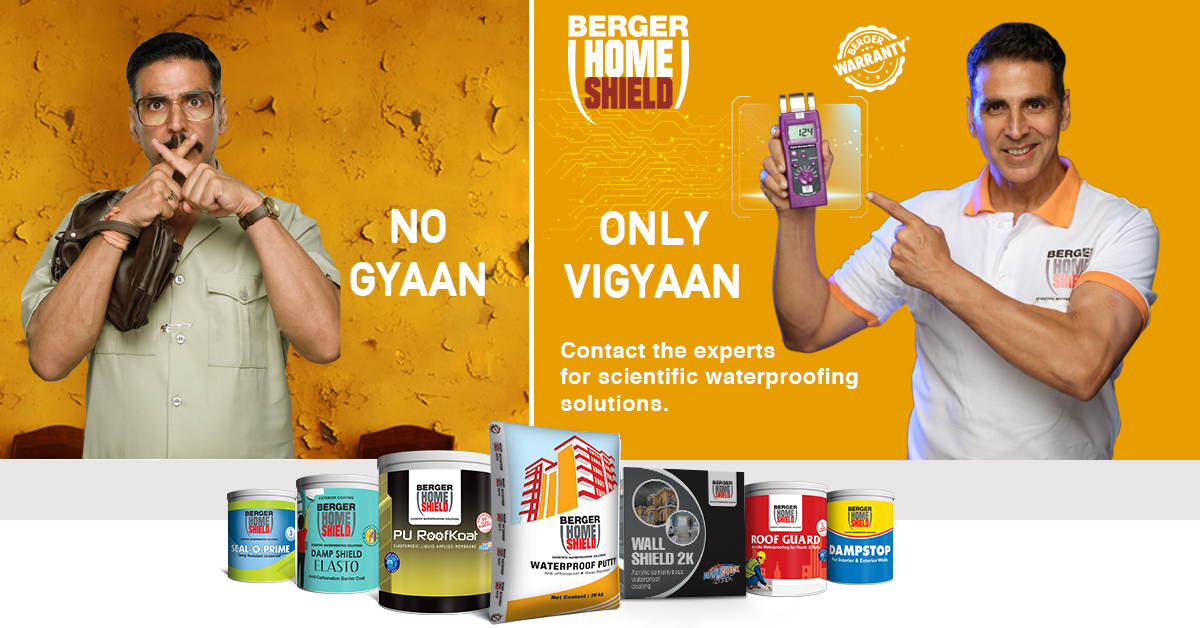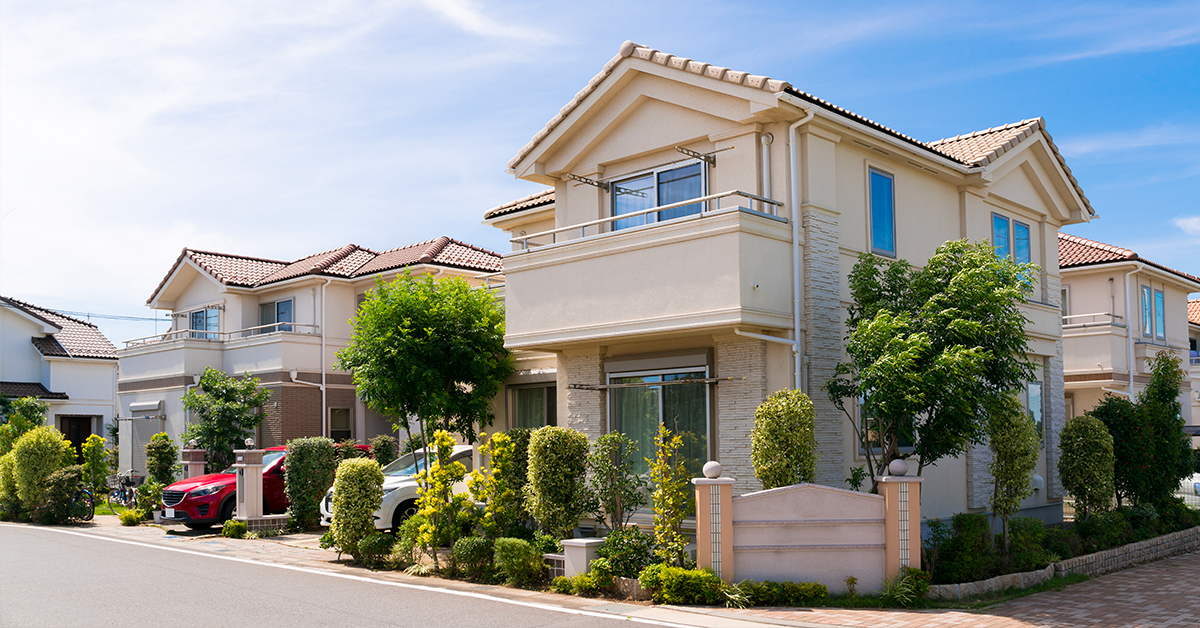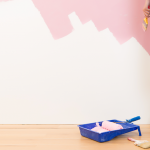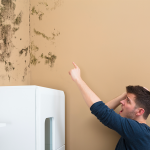Foundational waterproofing is one of the most valuable and important aspects of any construction project. After all, it is what the whole building rests on. Here’s a guide on how to get it right.
A wet foundation is a weak foundation. Nothing is more damaging to the health of a high-rise tower or a pretty bungalow than the appearance of seepages and leakages on it.
In a typical Indian scenario, it is often observed that builders, architects and interior designers are focussed on the external design features of the structure, while critical areas like waterproofing go unnoticed. Bad construction practices, unskilled labour along with lean supervision lead to waterproofing failures.
Areas such as gaps between the walls, wall coatings and tiling of the terrace area get ignored and problems start arising in a couple of months owing to natural conditions such as wind, water, thermal and so on. This has a lasting impact on the structure’s life cycle. Once the structure is damaged, the cost to be borne is very high.
How to ace the waterproofing game?

Though we know that you as architects and interior designers have a million things to think about when designing a structure, it is important to not overlook the main details of the project unless you want them to grow into bigger problems at a later stage.
Keeping this in mind, you need to implement a robust system of waterproofing right at the start of the project. Waterproofing solutions need to be sturdy, weatherproof and most importantly customisable, since there is no one solution that fits all.
Planning for all aspects of waterproofing of the structure during the design stage is a must. Research and due diligence is necessary to ensure that the right waterproofing system is implemented.
Following are the crucial things that need to be taken into account:
- Product selection based on climate
- Compatibility of various products
- Site problems such as groundwater
Remember, as an architect, you only have one chance to do it right and it is your moral responsibility to see to it that the wall waterproofing as well as roof waterproofing is done properly.
A thorough understanding of which waterproofing products to specify is also crucial in the construction of a well-built and waterproofed structure.
Apart from making a structure visually appealing, exterior paint serves as a barrier and protects against the elements. There are products like Berger WeatherCoat Long Life 10, a luxury category exterior emulsion and the first paint to use PU and Silicon Technology that is ideal for places that receive heavy rainfall as it provides outstanding protection against harsh rains and exterior wall issues. Such products can help defend the structure and support your construction projects.
Don’t leave waterproofing up to local waterproofing services!
Using good quality waterproofing methods and construction materials can go a long way in avoiding waterproofing-related issues right from the start and help you achieve client satisfaction that is good for the business.
No more fake ‘gyaan.’ Only ‘vigyaan.’

The greatest source of waterproofing disaster may be the lack of coordination among architects with waterproofing experts.
Trust only the best for effective and long-term waterproofing of your projects. Working hand-in-hand with a professional wall waterproofing service like Berger Home Shield can deliver long-term value and reduce the risk of future waterproofing issues, thanks to its science-backed solutions.


 Get in Touch
Get in Touch
